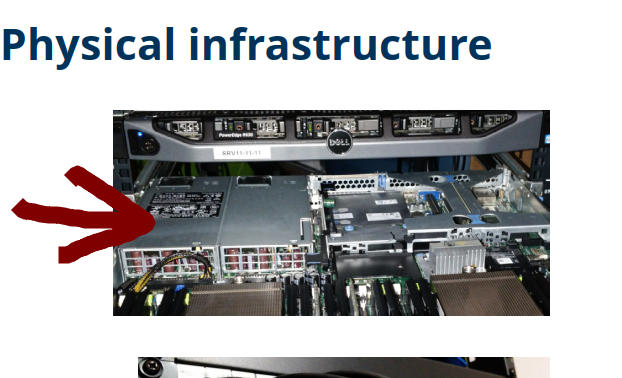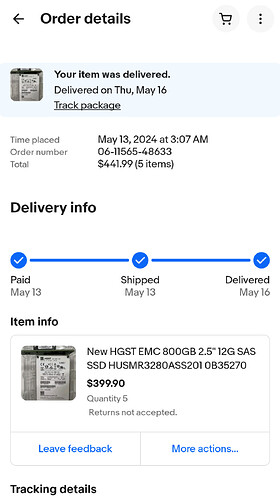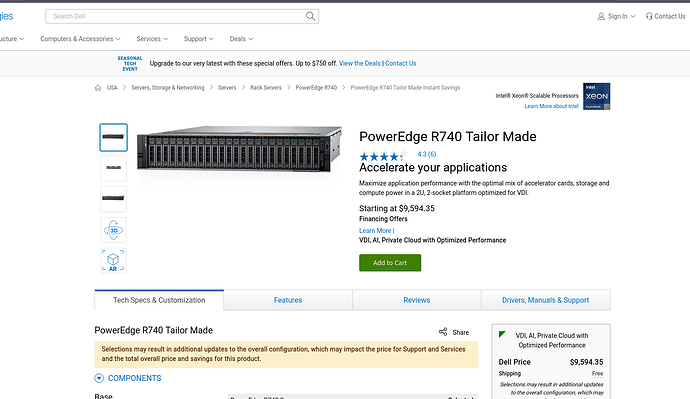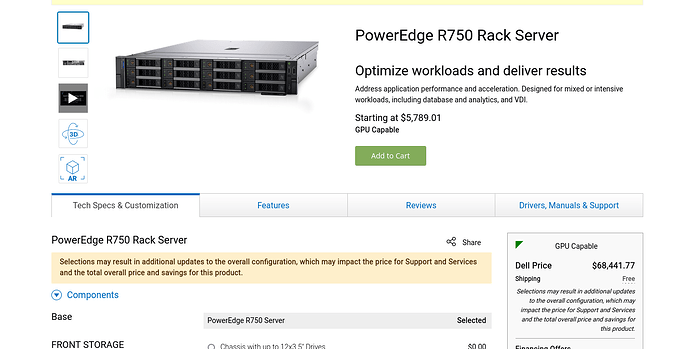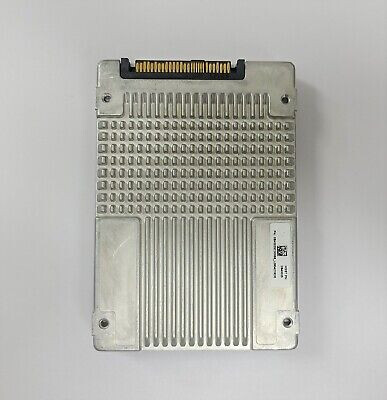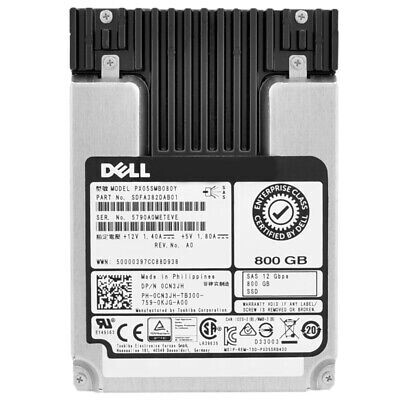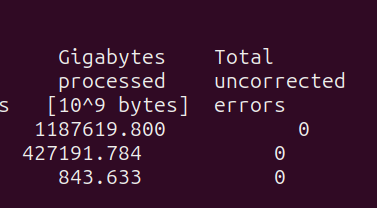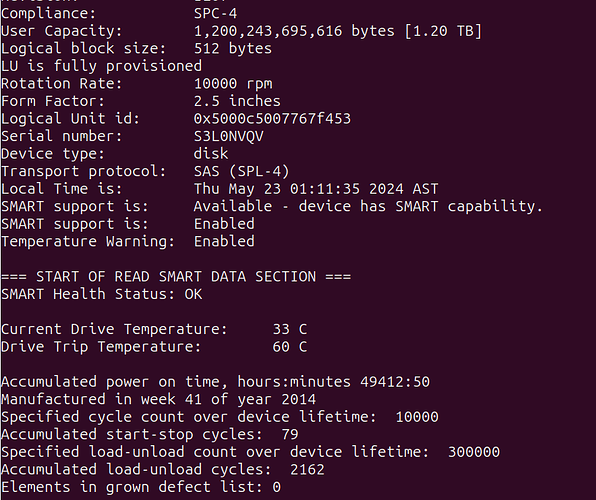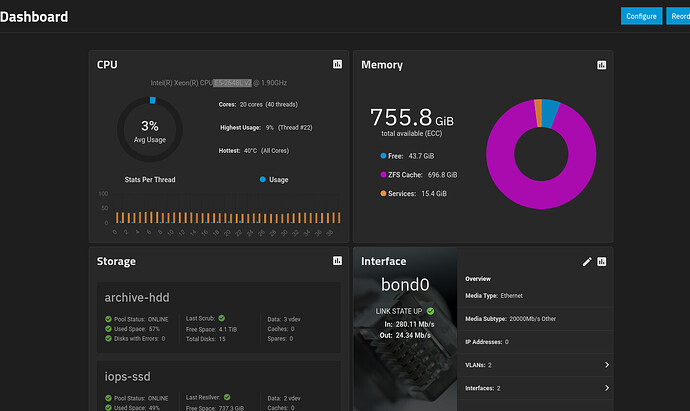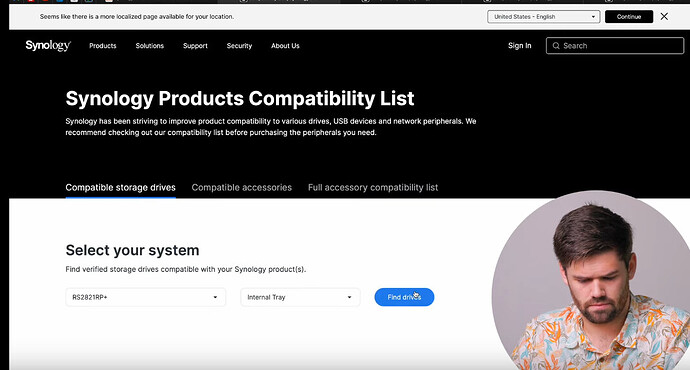We’ve tried that multiple times, either reselling enterprise hardware and by reselling our custom built appliances.
Reselling used enterprise hardware
A used Dell PowerEdge R740 with basic specifications costs about $5,000 USD. After upgrades and maintenance and changes to be certified for Mayan EDMS that would come up to about $8,000 USD. Since this is used equipment and OEM warranty has probably expired, we would need to support the hardware for a few years.
To make a profit, be able to support Mayan EDMS and have margin for unforeseen support, warranty issues, replacement parts for say 4 years, we would need to sell that equipment at about $75,000 USD.
From experience, when presented such a price level the primary concern is that the hardware is not new, missing the point that the price covers hardware, warranty, parts, and software support. It is a hard sell.
To lower the price we could go back 1 or even 2 generations to the R720. These can be found at about $200-$400. But after the necessary upgrades to make them usable, sellable, and worth the performance per watt, can still reach $3,000 or up to $5,000 if you go for all SAS SSD enterprise storage. You need to populate all 26 bays since cost/benefit of SFF SSD storage caps at 800GB per drive. Above that the price per GB goes up exponentially.
Even at this best case scenario of a rare find at $0.10 per GB, brand new, it could cost $2,300 USD to populate the entire chassis. This for equipment from 2012.
Usable space ranges from 8.8TB to 16TB.
For an enterprise environment uploading 500,000 documents a day into Mayan EDMS that won’t do.
The solution is to have a separate enterprise storage solution like a SAN. At that point we and the customer are better off with them purchasing or using their compute cluster on a SAN and we just handle software and operations, which is already our core offering.
Off lease enterprise equipment is great to own. Our entire fleet is almost exclusively composed of ThinkPads, Lenovo hardware, and Dell servers, JBODs. But in this sector there is no comparison between the price point of owning and selling.
Reselling new enterprise hardware
Mid tier R740 is $9,500. A properly setup one would hover at about $20,000. The R740 is not the latest offering.
A decent LFF R750 goes for $68,000.
You need OEM business accounts to get the reasonable prices. These are not cheap, take time, and come with many strings attached. Even so availability is not guaranteed. In more than one instance a vendors have withheld sell of (or delivery of paid) a solution because another partner was involved in a similar project in the same general area. You lose almost all control of the sale process, hardware, margins are thin, your sales team is making money for somebody else.
Selling custom appliances
This the lesser of all evils. Which is why this is the route most free open source business like NetGate (pfSense), 45 drives, and iXsystems (TrueNAS) use. It has the downside that you now need almost two companies: one for hardware and one for software. There is also a lot of research and development involved.
Other downsides are that hardware in this category tends to be under powered and lack features that are standard (and expected) in the enterprise: ECC memory, SAS backplanes, IPMI, fleet management, redundant power supplies.
We have tried this route twice before, might do so in the future depending on market tendencies or if a custom hardware vendor steps up to join us.
